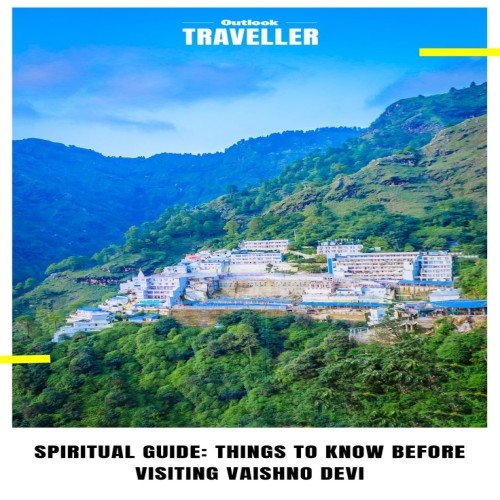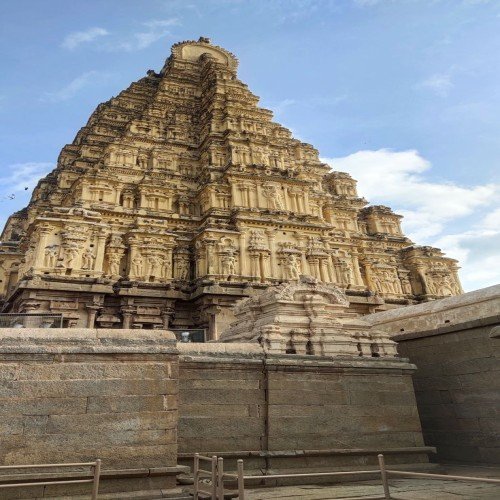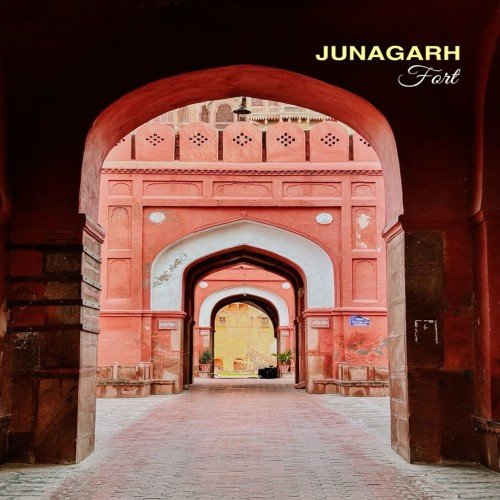
Discovering Patnitop: A Hidden Gem in Jammu and Kashmir
Posted at 13/Nov/24

Exploring Katra: The Gateway to Vaishno Devi
Posted at 13/Nov/24

Vaishno Devi Blog: A Spiritual Journey to the Divine Abode
Posted at 13/Nov/24

Discovering Hampi: A Journey Through the Ancient Ruins of Vijayanagara
Posted at 13/Nov/24
Written by Lalit Saini
Posted at 06/Nov/24

Built in 1589 by Raja Rai Singh, the sixth ruler of Bikaner, Junagarh Fort is known for withstanding attacks over centuries, making it one of the rare forts in India that has never been conquered. Raja Rai Singh, who was an able general in the Mughal army under Emperor Akbar, used the wealth from his military campaigns to construct this grand fort. Its name, "Junagarh," translates to "Old Fort," even though it remains relatively untouched by the ravages of time and enemy forces.
Junagarh Fort is a unique blend of Rajput, Mughal, and Gujarati architectural styles, displaying an exquisite mix of sandstone and marble structures. Here are some highlights:
Karan Mahal
Originally built by Raja Karan Singh, this hall was used for public meetings and audiences. It was later embellished by subsequent rulers with intricate mirror work and frescoes, making it one of the most beautiful parts of the fort.
Phool Mahal
Known as the “Palace of Flowers,” Phool Mahal is decorated with elaborate carvings, mirrorwork, and vibrant frescoes. This hall was primarily used for royal celebrations and gatherings and showcases the opulence of Bikaner's royals.
Anup Mahal
Anup Mahal served as the governance chamber and is adorned with gold leaf work, mirrors, and lattice windows. The intricate detailing here, along with the red sandstone and gold inlay, makes Anup Mahal a highlight of Junagarh Fort.
Badal Mahal
Translating to “Palace of Clouds,” Badal Mahal is unique for its murals depicting clouds and rain, rare in the desert region of Bikaner. It includes fascinating paintings that narrate tales of Hindu deities, offering an insight into the region's cultural values.
Chandra Mahal
Chandra Mahal, or the “Moon Palace,” is the most luxurious part of the fort, with gold-plated walls and floors, mirror work, and grand designs. The murals here narrate the lives of the royal family and are complemented by vibrant paintings and beautiful ceilings.
Ganga Mahal
Built by Maharaja Ganga Singh in the 20th century, this section of the fort houses a museum that displays an impressive collection of artifacts, including weapons, manuscripts, and even a World War I biplane gifted to the Maharaja by the British.
Visit the Junagarh Fort Museum
The fort’s museum offers a fascinating collection of ancient manuscripts, textiles, decorative artifacts, weaponry, and jewelry. The museum also houses a vintage biplane, one of the two World War I aircraft gifted by the British to the Bikaner royals.
Admire the Rajputana Art and Craft
Junagarh Fort is known for its detailed artwork on walls, ceilings, and balconies. The craftsmanship includes intricate lattice work, colorful frescoes, and elaborate inlays that showcase the Rajputana art style at its finest.
Explore the Courtyards and Balconies
The fort has beautiful courtyards and balconies, offering panoramic views of Bikaner’s landscape. Each courtyard has a unique design and purpose, with beautiful pillars, carvings, and jharokhas (balconies) that reflect the aesthetic of Rajasthani architecture.
Learn About Bikaner's History and Legacy
Guides at Junagarh Fort provide fascinating historical insights, narrating stories of Bikaner's kings, their alliances, and the architectural significance of each section. A guided tour enhances the experience, as each corner of the fort is steeped in history.
The best time to visit Junagarh Fort is from October to March, during the winter months when the weather is cooler and ideal for sightseeing. Bikaner also hosts the annual Camel Festival in January, adding a unique cultural experience to your trip.
Hire a Guide
To fully appreciate the history, art, and stories of Junagarh Fort, consider hiring a guide or using an audio tour. This will enrich your experience and provide a deeper understanding of the fort's significance.
Wear Comfortable Footwear
The fort is expansive, and you’ll be exploring various rooms, halls, and courtyards, so comfortable footwear is recommended.
Photography
While photography is allowed in most parts of the fort, some areas may restrict it. Respect the guidelines, and look out for some fantastic photo opportunities, especially in the halls with mirror work and gold leaf decorations.
Junagarh Fort is an unmissable gem in Bikaner, offering an impressive glimpse into the history and artistry of Rajasthan. It’s not just a fort; it’s a beautifully preserved piece of history that narrates tales of bravery, alliances, and the grandeur of the Rajput kings. If you’re exploring Rajasthan, make sure to include this marvel in your itinerary for an unforgettable experience of royal heritage.
Copyright © Disha Holidays 2024-2025 | All Right Reserved